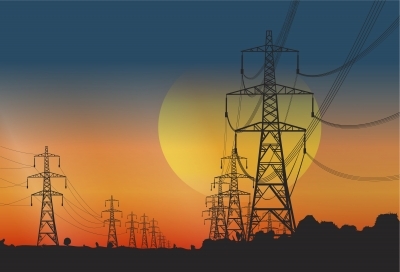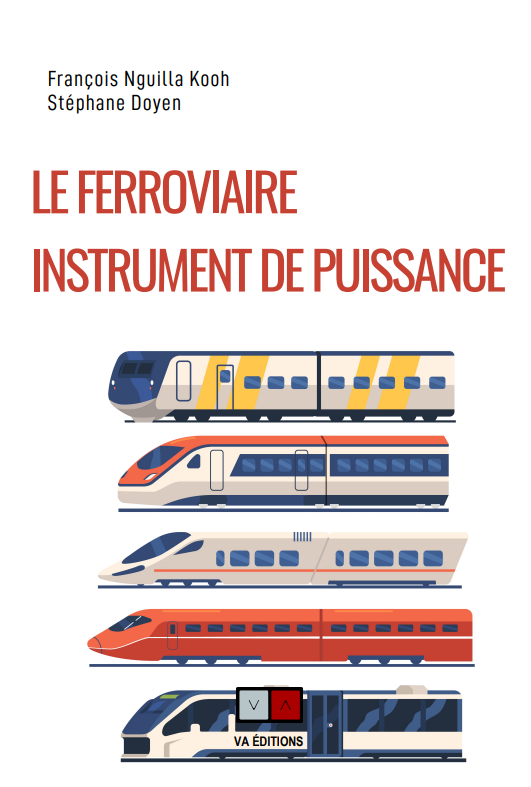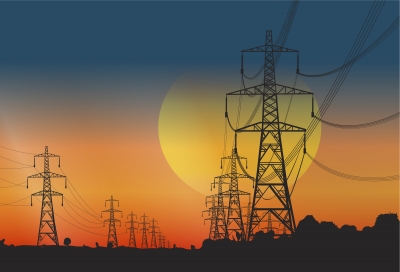
(image courtesy of freedigitalphotos.net)
Contradictory trends
Global demand for electrical power is pulled by developing countries’ growth and increases quickly. A closer look at the phenomenon reveals that the evolution of Asian demand is not the same as Europe’s for instance. Demand is growing fast and in developing countries, and it is expected to multiply by four between 2000 and 2030. Besides, it is one of the reason why these countries put a lot of hope into nuclear power. Such technology is supposed to produce enough power to fulfil a massive demand in a time-effective way. In the other hand, the demand’s growth in countries in the OECD is much more reasonable with a rate of roughly 1.1% backed up with reliable facilities.
The difference between these two types of countries probably lies on the quality of grids. In developing countries, most of the grids are brand new. They are adapted to new standards of consummation too whereas developed countries’ infrastructure was built in the 1960’s or 1970’s. Upgrades have been made of course, but the overall organization of these grids is based on older concepts. In short, they were made to provide a lot of energy to the industry and much less to individuals. This balance is more and more questioned along with the durability of the grids’ organization. According to senior advisor for Global Power Lawrence J. Makovich, “If we look back across the past decade, for example, we saw residential use of electricity grew 1.7% per year. Commercial electricity growth was 1.0% per year, yet industrial consumption was down 0.2% per year. […] What this data tells us is that over the last economic expansion, we had about a 2% or so gain every year in electric efficiency on the industrial side, and that’s something we expect to continue”. CEO Christophe Gurtner from Forsee Power Solutions, a battery systems designer and electricity management systems specialist, shares Makovich’s opinion. “Power consumption is managed with an increasing precision because waste is a cost for consumers and for producers alike when they work on an aging grid”. We might always use more power, but we do not use it the same since end users have changed. To put it simply, a growing part of the electric wiring’s design would need a good brush up.
La suite sur CNNIreport
Global demand for electrical power is pulled by developing countries’ growth and increases quickly. A closer look at the phenomenon reveals that the evolution of Asian demand is not the same as Europe’s for instance. Demand is growing fast and in developing countries, and it is expected to multiply by four between 2000 and 2030. Besides, it is one of the reason why these countries put a lot of hope into nuclear power. Such technology is supposed to produce enough power to fulfil a massive demand in a time-effective way. In the other hand, the demand’s growth in countries in the OECD is much more reasonable with a rate of roughly 1.1% backed up with reliable facilities.
The difference between these two types of countries probably lies on the quality of grids. In developing countries, most of the grids are brand new. They are adapted to new standards of consummation too whereas developed countries’ infrastructure was built in the 1960’s or 1970’s. Upgrades have been made of course, but the overall organization of these grids is based on older concepts. In short, they were made to provide a lot of energy to the industry and much less to individuals. This balance is more and more questioned along with the durability of the grids’ organization. According to senior advisor for Global Power Lawrence J. Makovich, “If we look back across the past decade, for example, we saw residential use of electricity grew 1.7% per year. Commercial electricity growth was 1.0% per year, yet industrial consumption was down 0.2% per year. […] What this data tells us is that over the last economic expansion, we had about a 2% or so gain every year in electric efficiency on the industrial side, and that’s something we expect to continue”. CEO Christophe Gurtner from Forsee Power Solutions, a battery systems designer and electricity management systems specialist, shares Makovich’s opinion. “Power consumption is managed with an increasing precision because waste is a cost for consumers and for producers alike when they work on an aging grid”. We might always use more power, but we do not use it the same since end users have changed. To put it simply, a growing part of the electric wiring’s design would need a good brush up.
La suite sur CNNIreport

 Diplomatie
Diplomatie


























